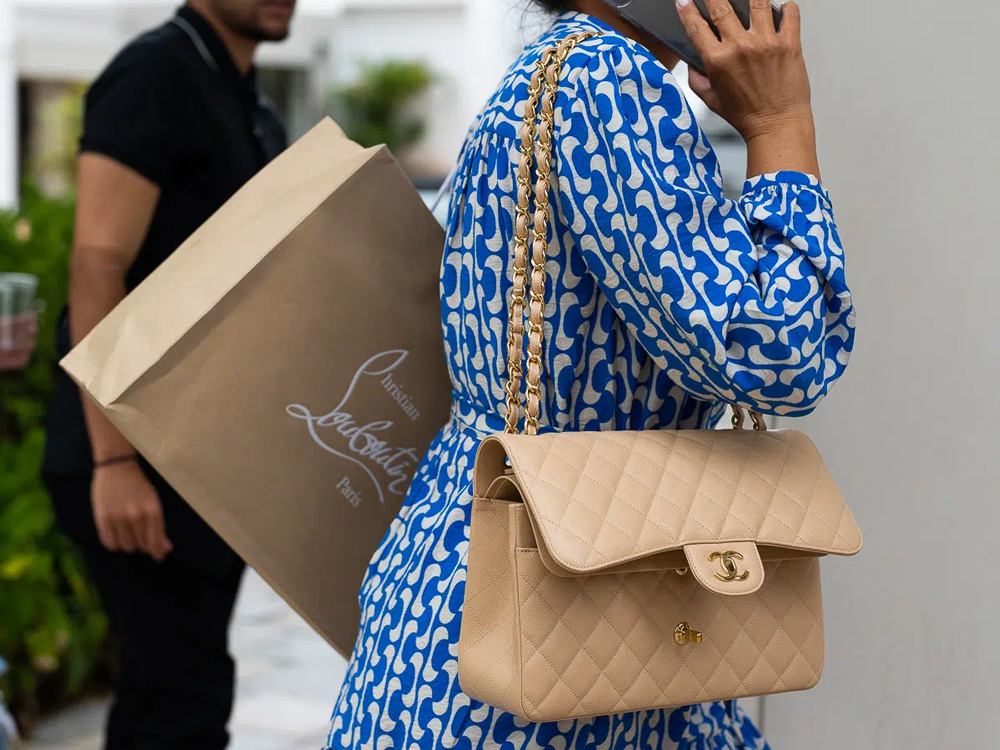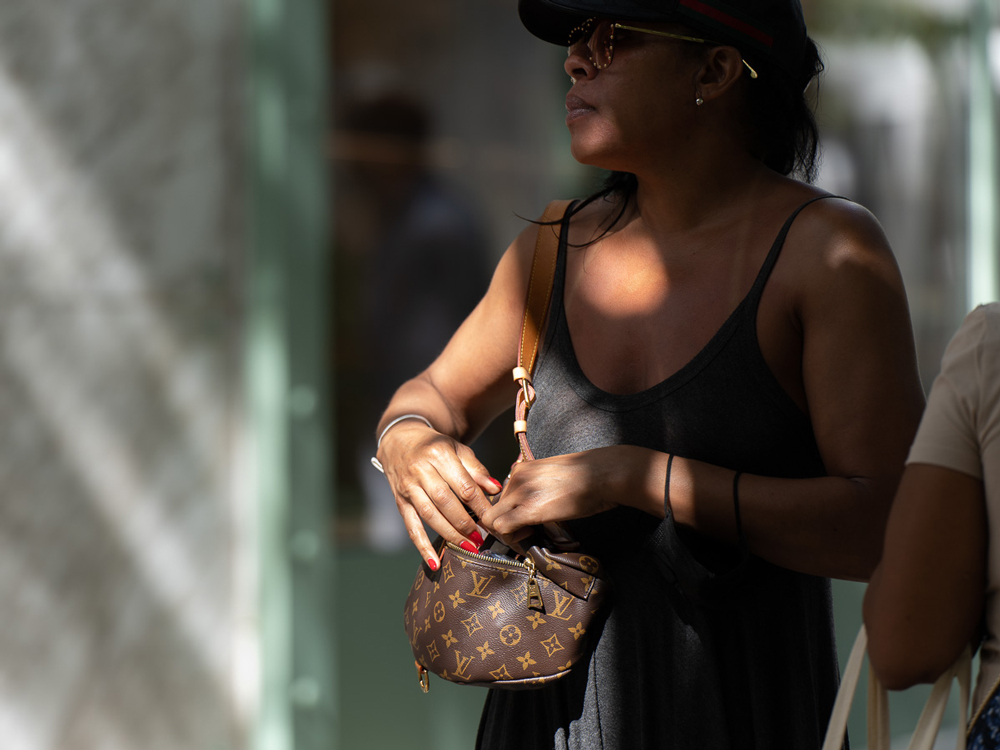In 2016, a medium Chanel Classic Flap bag sold for about $4,900. Fast-forward to today, less than a decade later, and the product has more than doubled in price: it’ll cost you around $10,200 to purchase the classic model right now.
Although brands like Chanel and Hermès have led the charge in terms of price hikes in the last few years, the trend has affected labels across the board and, upon closer inspection, is dependent upon a variety of factors, including inflation, cost of materials, diminished supply and greater demand.
The pretty staggering figures shed light on a few key questions: do luxury brands intend to halt price hikes any time soon? When will customers think “enough is enough” and stop buying products in reaction to the exorbitant costs?
Will Customers Ever Boycott the Hefty Price Increase of Luxury Goods?
“I will never buy a first-hand Chanel handbag ever again, I will only buy it second hand,” my friend Rachel, who owns three Chanel bags, tells me when asked about her purchasing habits. “Chanel has raised prices too high, no sensible person can buy their goods. The brand has lost its mind trying to compete with Hermès.”
As sensible as Rachel’s thought process is, statistics and trends seem to disagree with her.
In fact, since the start of the pandemic, Chanel has increased prices four times—and consumers have not stopped buying.
“Chanel handbags are highly sought-after, iconic statement pieces, and demand is always higher than supply,” reads an article published on Sotheby’s back in March. “Thus, Chanel continues to boost the prices of their most coveted offerings, and consumers will continue to pay.”
But is there a limit? Will die-hard fashionistas eventually stop investing in luxury goods despite their value, just like Rachel claims she will?
“Most recently, loyal customers have been complaining about the rising prices of Hermès goods,” reveals Carmen Lopez, the retail business expert and founder of Current Boutique, a national designer and vintage second-hand business. “They are frustrated and complain but I don’t see them turn their back on the brand and they continue to purchase. In fact, I think price increases push people to sell more of their designer bags in the second market so that they can get their money back and buy the new style.”

Designer Price Increases Happened Across the Board Last Year
It’s not just Chanel, of course. In late 2022, Gucci raised the price of some of its handbags by up to 9% worldwide, Celine opted for a 4-8% hike, the average Louis Vuitton handbag went up by 10% and most Prada products now cost 3-8% more than they did last year.
Interestingly enough, some other companies have been using cost-cutting measures on certain goods as preemptive hikes on others.
Take Tesla, for example, which is arguably, the most universally recognized electric car brand in the world. Although not part of the fashion industry, the cars sold by Tesla have been associated with luxurious living, with costs continually rising until recently, when the brand announced cuts across most models.
Although, at first glance, the new prices might seem to be a way to appease customers, a deeper look at the company’s decision makes it pretty clear that the cuts will allow Tesla to eventually sell their newer cars at an even higher price point.
In fact, the company is currently trying to get rid of its inventory while remodeling. Additionally, when the market for cars slowed down, Tesla never reduced production—leaving them with a lot of surplus inventory. By lowering the price of its currently sold cars, the company will be able to sell the newer models for more.
That is all to say: even brands that are slashing prices are doing so with the intention of announcing the exact opposite in the near future.
Conversations about customer fatigue connected with price lists invariably lead to talks about the second-hand market.
Although the latter industry certainly fluctuates alongside the primary market, Iso Neville, a social media manager who regularly buys second-hand products, explains that “the prices do increase in the reselling world but not to the same extent they do when looking at new products.”
“I think that’s because there is still a stigma around second-hand and often people are selling their stuff not to make a profit but to just get rid of it,” she notes. That being said, given that new bags are so expensive these days, more people are paying attention to the vintage market, where they are more likely to be able to afford their dream clutch.

“Second-hand products have increased in popularity in many countries,” says Neville. “There are more buyers now, and there is more demand, so the sellers may start raising their prices.” Neville candidly admits that the potential trend will not necessarily affect her buying habits.
“It depends on the item itself, but when it comes to second-hand, I’m only buying something that has massive resale value in the future,” she shares. “I see all my purchases contributing to a circular economy as if I’m renting. So if I can make a profit on an item after I bought it and used it, then I don’t have a limit and won’t be priced out.”
In a way, then, the price hikes that have come to define the luxury market in recent years have one true direct potential result: increased interest in the second-hand world, rendering the industry more popular than ever before.
The Aspirational Effect
There is another important aspect of the story, though: aspiration.
“Like within every industry, inflation, increased labor, and material costs, price of operating a brick-and-mortar store and having a warehouse are reasons behind the price increase but, to a large extent, especially when looking at the likes of Louis Vuitton and Chanel, I think it’s also a strategic ploy to make the bags less accessible and more exclusive because that’s going to turn them into aspirational, exclusive, status symbol pieces,” posits Lopez. “It is no secret that luxury handbags are a reflection of success and class status, so I think that, at least with those two brands in specific, it’s a bit of a strategy.”
Alas, that might actually be the thesis worth focusing on: despite all the high-brow talk and focus on non-materialistic gadgets, we all want to look good and project a certain image to the outside world that is, whether unfortunately or not is to be determined, a reflection of who we think we are or, at least, who we would want to be. If paying 8% more on a Louis Vuitton tote will make us feel better about ourselves, should we even be thinking about that price hike? The emotional value of being the owner of the bag will, in some way, completely erase its higher ticket price.